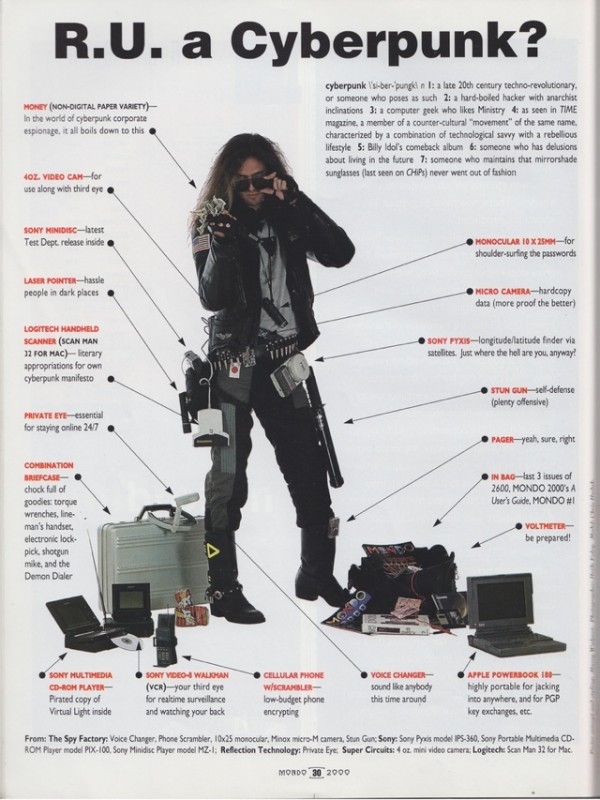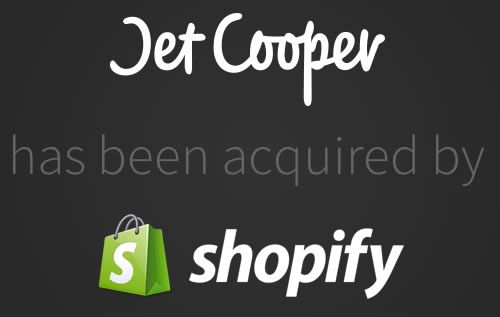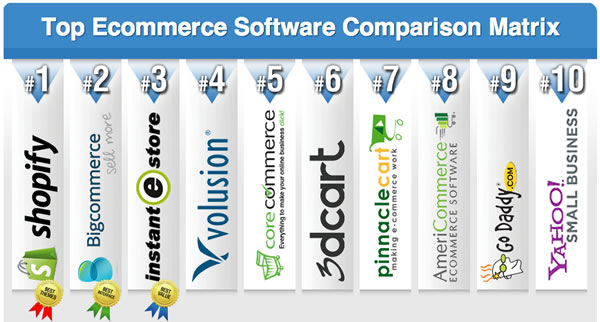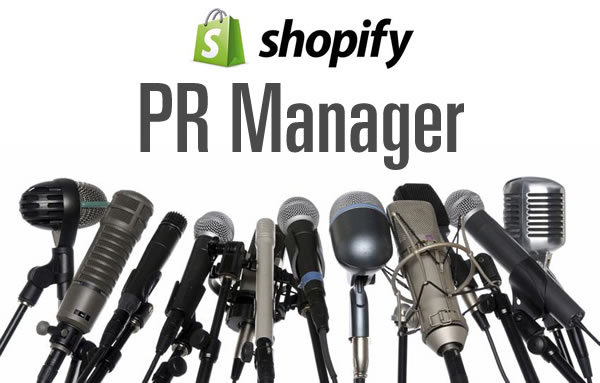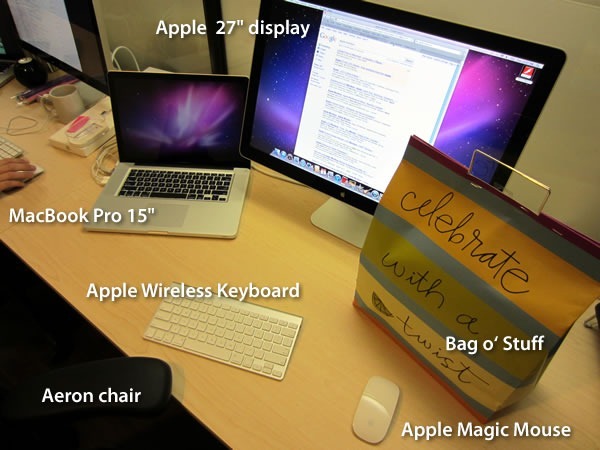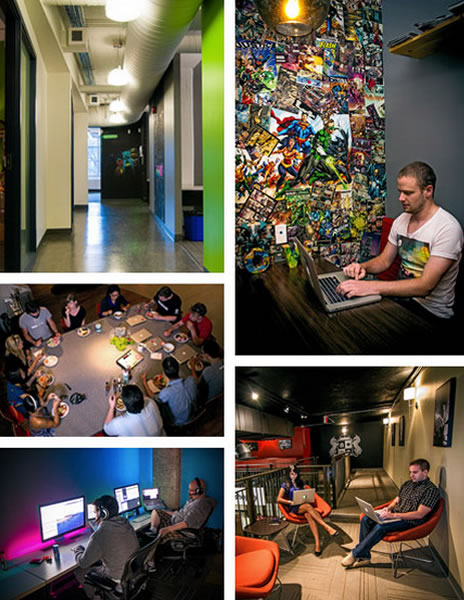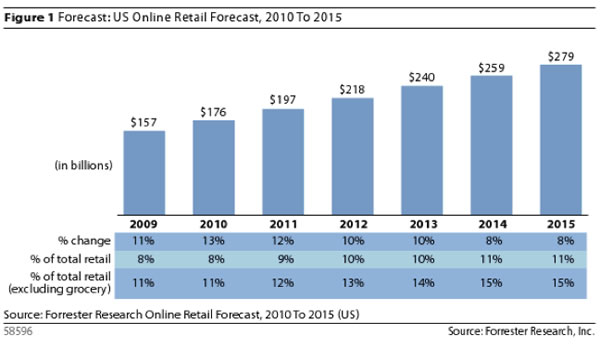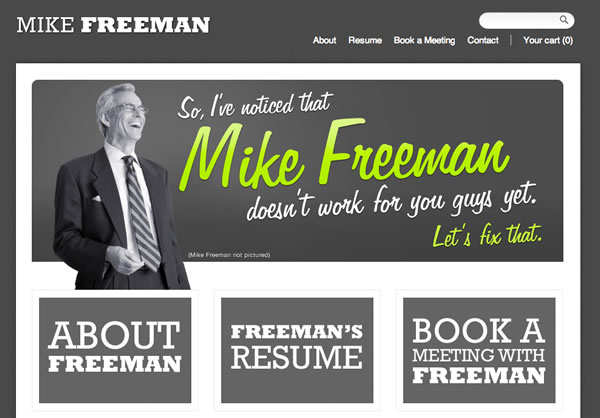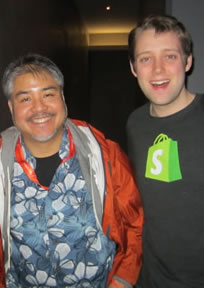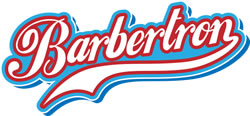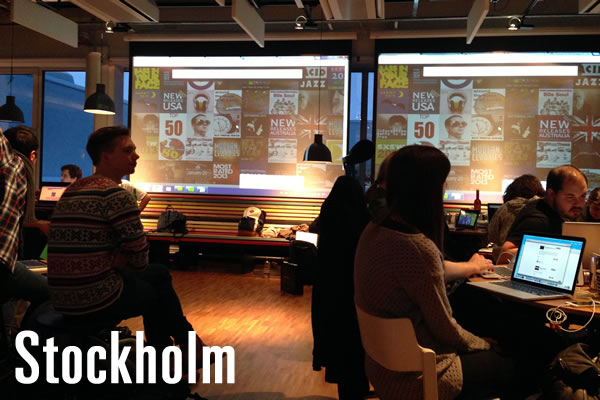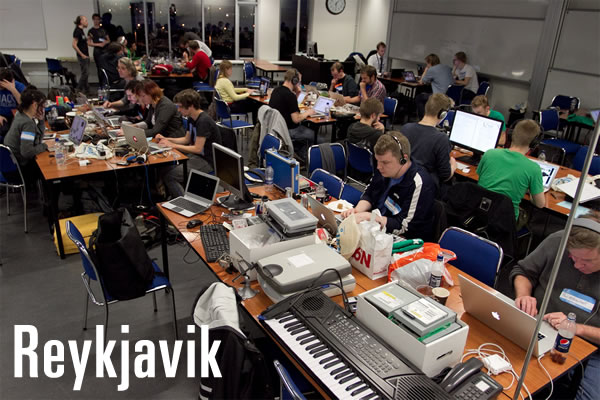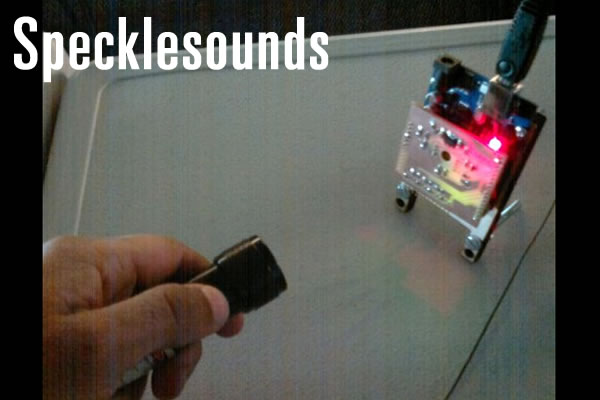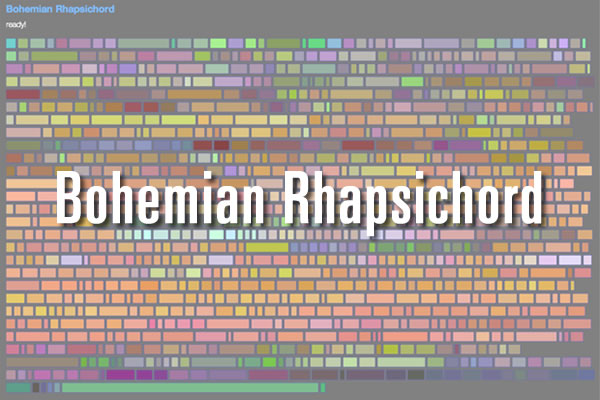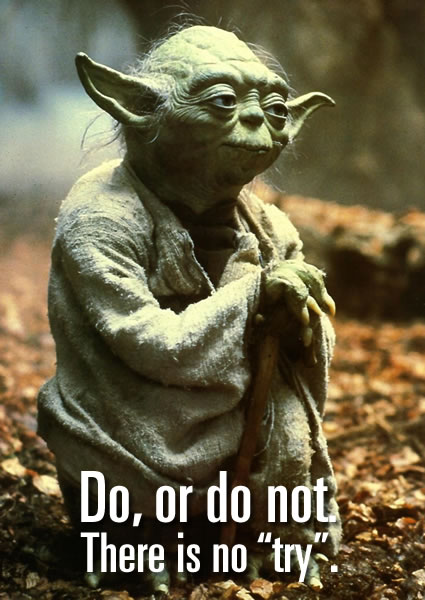Click the image to see it at full size.
This page from an old issue of Mondo 2000 (think of a late ’80s/early ’90s gene-splice of Wired magazine, High Times and Omni, and you’ll get a general idea of what it was like) shows what the 1992 idea of cyberpunk was. It gets posted over and over again on Reddit’s “Cyberpunk” subreddit (much to their chagrin), but it’s been ages since I’ve seen it — the last time was in the original magazine — so I thought I’d post it here.
The R.U. in the title of the photo spread is a tip of the hat to R. U. Sirius, Mondo 2000′s editor.
Most of the gear in the photo — the cameras and scanners, audio recorders and playback devices, the encrypted communication tools, and even much of the functionality provided by the old-school PowerBook — could easily be replaced by a single present-day smartphone. You have to keep in mind that 1992 was a time before browsers, when surfing the net was something few people did (and they did it on Gopher or Usenet), when 14.4kHz modems were blazing fast, email addresses were rarities (I had one — 3jmd2@queensu.ca), and a household without a computer wasn’t a strange and rare thing.
In case you were wondering, the PowerBook 180’s specs were:
- Processor: Motorola 68030 running at 33MHz (that’s right, megahertz, not gigahertz)
- Cache: 0.5K L1 cache, no L2 cache
- RAM: 4MB (Once again, megabytes, not gigabytes) on the motherboard, expandable to 14MB
- Display: Maximum resolution of 832 by 624, 512K VRAM
- Operating system: Came with System 7.1; the latest Macintosh OS that supported it was System 7.6.1; here’s a video of a PowerBook 180 booting up this OS
While many of the tools in the pictorial have changed shape or have been amalgamated into newer devices, the following have remained more or less the same (at least in appearance and functionality) and would still be recognizable to a cyberpunk from 20 years ago:
- The laptop: Still a design that folds shut, and still based on the Dynabook concept. Sure, they’re thinner and have way more processing, memory and networking capabilities, but a person from 1992 would still recognize a 2013 laptop.
- Voltmeter: Aside from a couple of convenience features and being pretty much all digital these days, multimeters from 2013 look pretty much like multimeters from 1992.
- Laser pointers: Perhaps a little smaller these days, but still mostly used to entertain cats or annoy humans.
- Torque wrenches: More of them come with the nice rubberized grips these days, but otherwise they’re the same.
- Shotgun microphones: Aside from packaging, they’re pretty much the same.
- Black clothing: The classics never change.
- Metal briefcase: Still in use today. The coolest use at the moment: as a housing for a portable Bitcoin miner, pictured below at this year’s Defcon:
Before I return you to 2013, one more blast from the past: the trailer for the 1995 film based on the William Gibson short story of the same name, Johnny Mnemonic. Enjoy!
This article also appears in The Adventures of Accordion Guy in the 21st Century.
